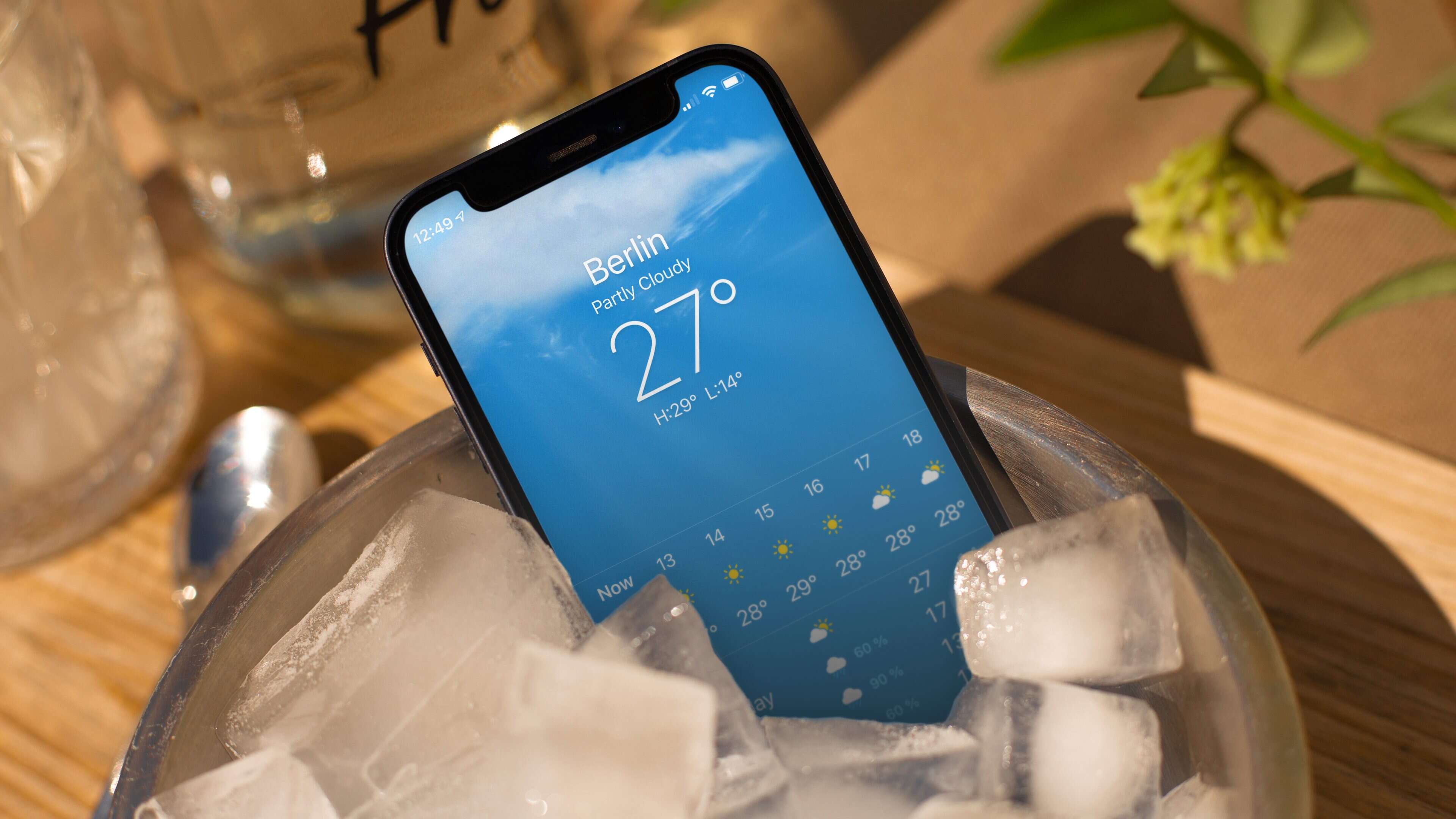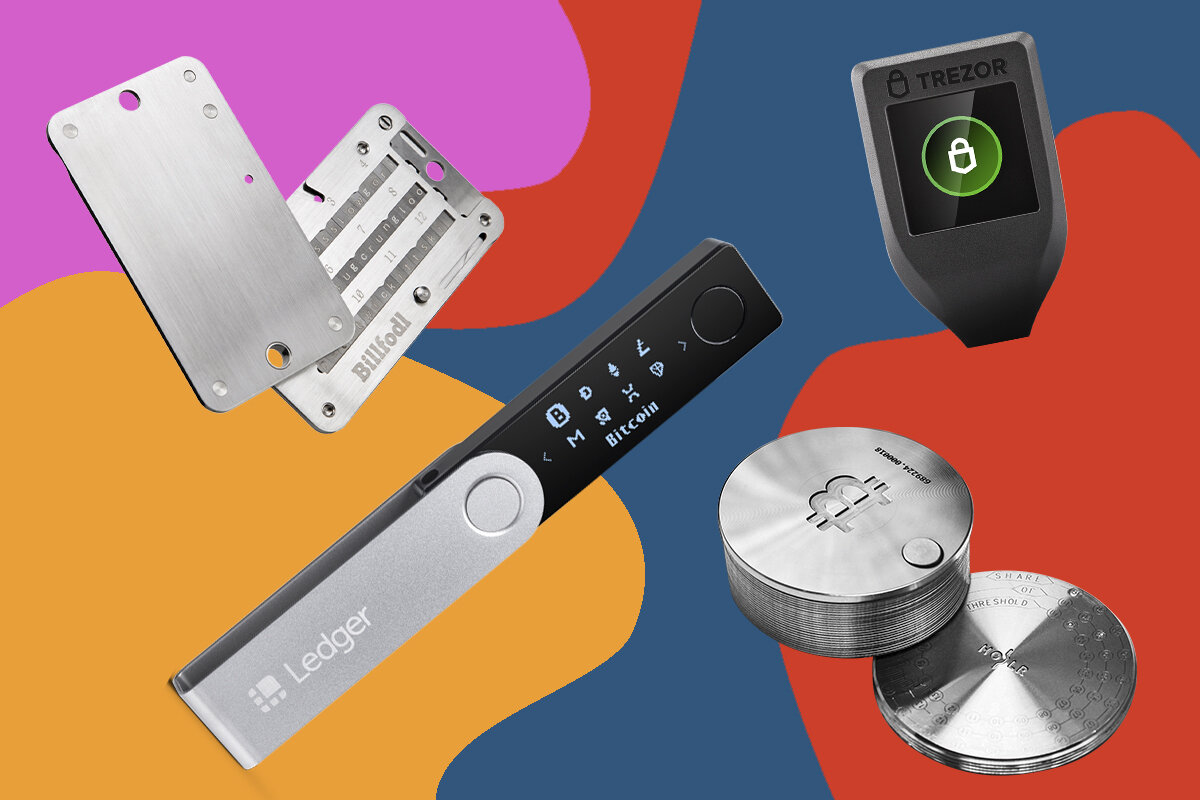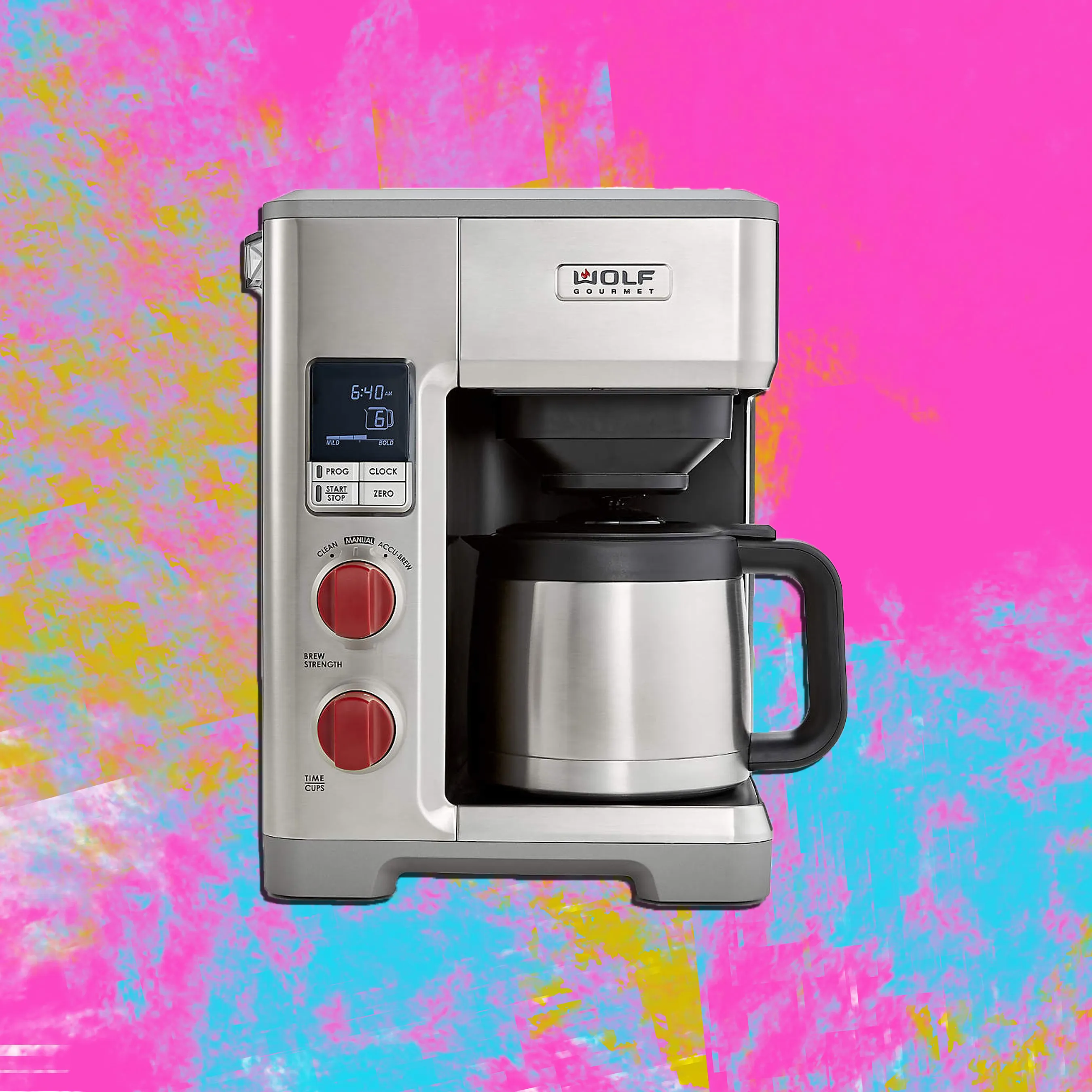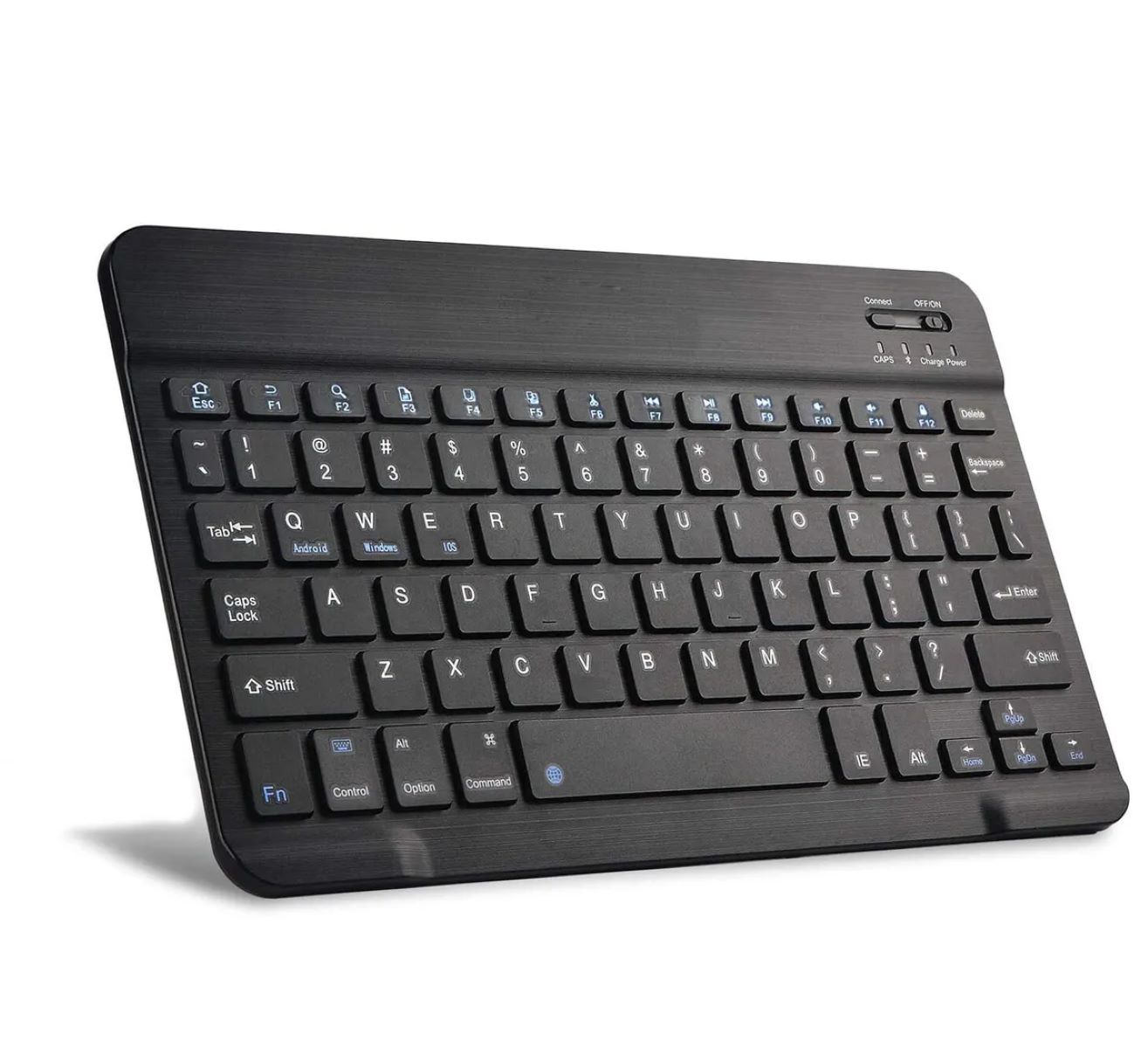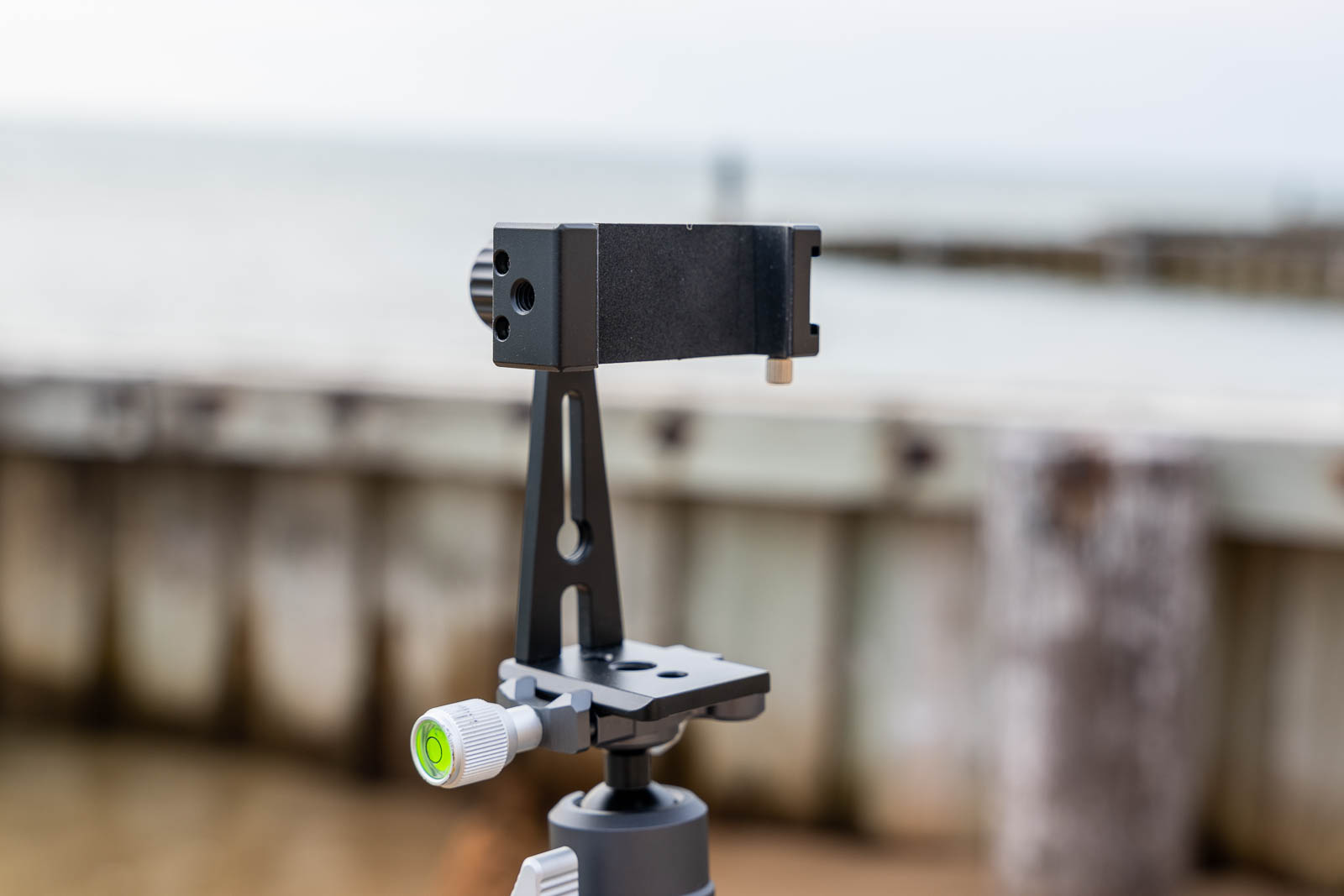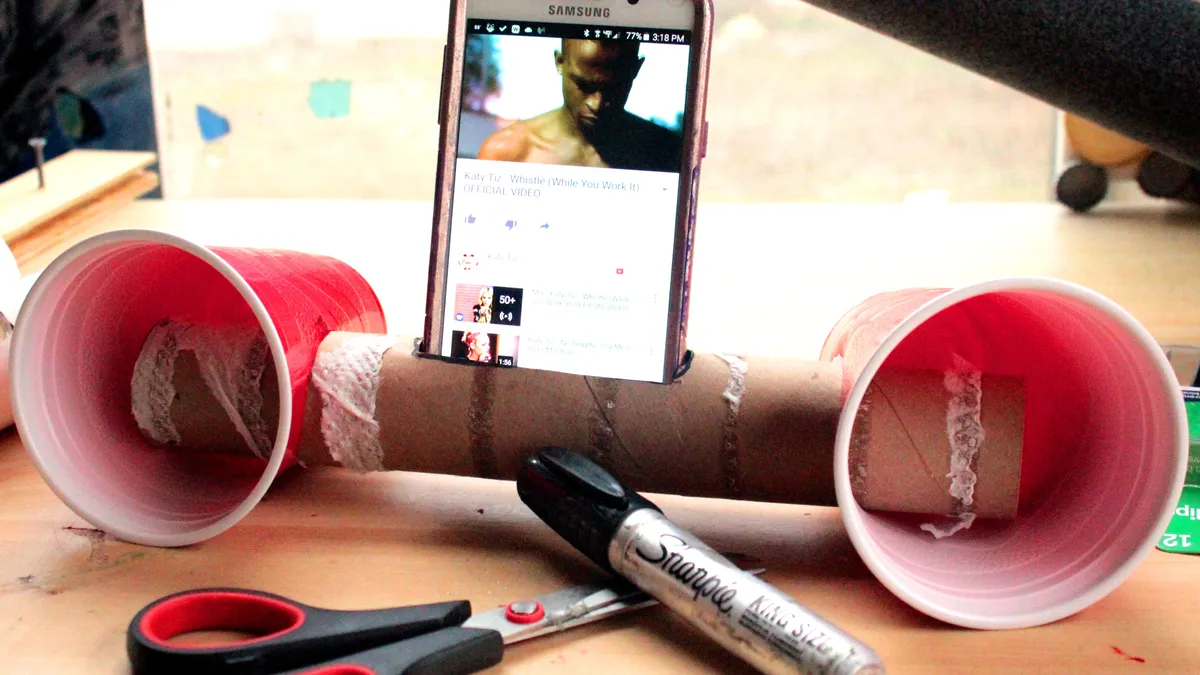Introduction
Smartphones have become an essential part of our daily lives, serving as our constant companion for communication, entertainment, and productivity. However, as these devices become more powerful and capable of handling demanding tasks, they also generate a substantial amount of heat. Heat is a natural byproduct of the complex processes and components within a smartphone, such as the CPU, GPU, battery, and screen.
In this article, we will delve into the factors that contribute to smartphone heat, how heat is dissipated in smartphones, common causes of overheating, and the risks and consequences associated with it. We will also provide some valuable tips to prevent overheating and guide you on recognizing the signs of an overheating smartphone and how to cool it down.
Understanding the intricacies of smartphone heat is crucial to ensure optimal device performance and longevity. Excessive heat can not only diminish the overall user experience but also pose potential risks to the internal components, leading to system failures, reduced battery life, and even physical damage to the device.
By being aware of the causes and consequences of smartphone overheating, you can take proactive measures to prevent such issues and keep your device functioning optimally. So, let’s dive into the world of smartphone heat and explore the ways to maintain a cool and reliable device experience.
Factors that Contribute to Smartphone Heat
There are several factors that contribute to the generation of heat in smartphones. Understanding these factors can provide insights into the reasons why your device may become hot during usage. Here are some key contributors:
- Processing Power: The central processing unit (CPU) and graphics processing unit (GPU) are responsible for handling the device’s tasks and running applications. As these components work intensively, they generate heat.
- Battery: The smartphone’s battery is another significant factor. While charging or discharging, the chemical reactions within the battery generate heat. Additionally, extended periods of device usage or high-power activities like gaming or video streaming can put a strain on the battery and increase heat production.
- Screen: The display of a smartphone, particularly if it is a high-resolution or OLED screen, can contribute to heat generation. The backlight or individual pixels emitting light can produce heat during use.
- Wireless Connectivity: Wi-Fi, Bluetooth, and cellular data connections all require radio transceivers, which generate heat when transmitting and receiving signals.
- Background Processes: Several background processes, such as software updates, app syncing, and cloud backups, can run silently in the background and consume resources, leading to increased heat production.
- External Environment: The ambient temperature and exposure to direct sunlight can significantly impact a smartphone’s heat levels. Operating a device in hot weather or leaving it in a parked car under the sun can accelerate heat buildup.
It is important to note that the combination of these factors might vary depending on the make and model of the smartphone. Different devices may have different heat management mechanisms, which can affect how they deal with heat dissipation and thermal throttling.
By understanding the factors that contribute to smartphone heat, you can take precautionary measures and manage your device’s temperature more effectively. In the next section, we will explore how heat is dissipated in smartphones and the common causes of overheating.
How Heat is Dissipated in Smartphones
Smartphones employ various methods to dissipate heat and prevent the device from overheating. Understanding these heat dissipation mechanisms can help users better manage the temperature of their devices. Here are some common ways that heat is dissipated in smartphones:
- Thermal Spreaders: Many smartphones are equipped with thermal spreaders, such as copper or graphite films, which are strategically placed to absorb and distribute heat away from the critical components. These spreaders improve heat transfer and help maintain more uniform temperature distribution within the device.
- Heat Pipes: Some high-end smartphones incorporate heat pipes, which consist of sealed copper tubes containing a small amount of liquid or gas. When heat is generated, the liquid or gas inside the heat pipe vaporizes, carrying heat away from the source to the cooler areas of the device. As it cools down, it condenses and flows back to the heat source, establishing a continuous cycle of heat dissipation.
- Heat Sinks: Heat sinks are often found in smartphones with powerful processors. These metal structures, usually made of aluminum or copper, are designed to provide a larger surface area for heat dissipation. They absorb heat from the CPU or GPU and use a combination of conduction, convection, and radiation to transfer the heat to the surrounding environment.
- Internal Ventilation: Smartphones may incorporate internal ventilation systems, typically small fans, to assist in heat dissipation. These fans are strategically placed near heat-generating components and help in increasing airflow within the devices, expelling hot air and drawing in cooler air.
- External Ventilation: The design of the smartphone’s chassis often includes small openings or vents that allow heat to escape. These openings promote natural convection by allowing hot air to rise and cool air to enter, facilitating heat dissipation.
Manufacturers employ a combination of these heat dissipation methods to ensure the optimal functioning and longevity of smartphones. However, it’s important to note that the effectiveness of heat dissipation can vary between different device models, so it’s advisable to reference the specific device’s user manual or manufacturer’s documentation for more accurate information on its heat dissipation capabilities.
In the next section, we will explore some common causes of smartphone overheating, which can disrupt the efficient heat dissipation process and lead to potential risks.
Common Causes of Overheating
Smartphones can occasionally experience overheating, which can be due to a variety of factors. Recognizing these common causes can help you identify and address the issue promptly. Here are some typical reasons why smartphones may overheat:
- Intensive Usage: Engaging in resource-intensive activities like gaming, video streaming, or running multiple apps concurrently can place a substantial burden on your smartphone’s CPU and GPU, leading to increased heat production.
- Software Updates and Background Processes: System updates, app updates, and background processes can cause temporary spikes in CPU usage, resulting in increased heat generation. It is common for smartphones to heat up during these activities, but the temperature should return to normal once the processes are completed.
- Defective Battery: A faulty or degraded battery can cause overheating issues. Aging batteries may struggle to maintain stable voltage levels, leading to irregular power distribution and increased heat production.
- Environmental Factors: Operating a smartphone in hot and humid conditions or exposing it to direct sunlight can accelerate heat build-up. High ambient temperatures reduce the efficiency of heat dissipation mechanisms, causing the device to overheat more quickly.
- Poor Ventilation: Blocking the smartphone’s ventilation openings, such as those located near the charging port or the rear of the device, can impede airflow and prevent efficient heat dissipation.
- Charging: Using certain charging methods, such as fast charging or wireless charging, can generate extra heat due to the increased power flow. Additionally, using non-certified or damaged charging cables and adapters can lead to improper power delivery and cause the device to overheat.
- Malware or Rogue Apps: Malicious apps or rogue software can disrupt the normal operation of your smartphone, causing excessive CPU usage and increased heat generation. It is vital to regularly scan your device for malware and uninstall any suspicious apps.
- Physical Damage: Damage to internal components, such as a bent motherboard or damaged heat pipes, can compromise the proper functioning of heat dissipation mechanisms and lead to overheating.
It is important to address overheating issues promptly to prevent potential damage to your smartphone and ensure a safe and optimal user experience. In the next section, we will discuss the risks and consequences associated with smartphone overheating.
Risks and Consequences of Overheating
When a smartphone overheats, it can have several adverse effects on both the device itself and the user. Understanding the risks and consequences associated with overheating is essential for taking proactive measures to prevent such issues. Here are some potential risks and consequences of smartphone overheating:
- Reduced Performance: Excessive heat can cause a smartphone’s CPU and GPU to throttle down their performance to prevent further temperature increase. This can result in reduced processing power, sluggish performance, and slower app response times.
- Battery Degradation: Prolonged exposure to high temperatures can accelerate the degradation of the smartphone’s battery. Over time, this can lead to reduced battery capacity, shorter battery life, and more frequent need for recharging.
- Software Instability: Intense heat can cause the smartphone’s operating system and apps to become unstable. This can result in system crashes, random reboots, and data loss, potentially impacting productivity and causing frustration for users.
- Physical Damage: Sustained overheating can physically damage internal components of a smartphone, such as the motherboard, memory chips, or display. This can lead to permanent malfunctions, rendering the device unusable or requiring expensive repairs.
- Increased Fire Hazard: In extreme cases, when a smartphone’s temperature rises to critical levels, there is a risk of overheating leading to fires. While such incidents are rare, it is important to be cautious and take immediate action if you notice any unusual heat or smoke coming from your device.
- Health Risks: If a smartphone becomes excessively hot during use, prolonged physical contact with the overheated device can cause discomfort, skin irritation, or minor burns. It is crucial to handle an overheating smartphone with caution and let it cool down before further use.
It is important to note that the severity of the risks and consequences mentioned above can vary depending on the specific circumstances and the duration of overheating. Nevertheless, it is always recommended to take proactive measures to prevent your smartphone from reaching excessively high temperatures.
In the next section, we will provide some valuable tips to help you prevent your smartphone from overheating and mitigate the associated risks.
Tips to Prevent Overheating
Preventing smartphone overheating is crucial to ensure optimal performance, longevity, and safety. By following these practical tips, you can mitigate the risk of overheating and maintain a cool and reliable device experience:
- Avoid Intensive Usage: Limit resource-intensive activities like gaming or video streaming, especially for extended periods. These tasks put a heavy load on the CPU and GPU, leading to excessive heat generation.
- Close Unused Apps: Close apps running in the background to reduce CPU usage and prevent unnecessary heat generation. Make sure to exit out of apps completely, rather than simply minimizing them.
- Monitor Ambient Temperature: Avoid using your smartphone in hot and humid environments or exposing it to direct sunlight for prolonged periods. High ambient temperatures can hinder heat dissipation and accelerate heat build-up.
- Remove Phone Case: Remove your phone case when engaging in activities that generate heat, like gaming or charging. Cases can insulate heat and impede proper heat dissipation.
- Use Official Chargers and Cables: Stick to using official chargers and cables, as they are designed to provide the correct power delivery and prevent overheating caused by improper voltage or current fluctuations.
- Allow Adequate Ventilation: Ensure that the ventilation openings or vents on your smartphone are not obstructed. Avoid covering these areas with hands, pillows, or other objects that restrict airflow.
- Enable Power Saving Mode: Activate your device’s power-saving mode to limit CPU performance and reduce heat generation. This can help prolong battery life and minimize overheating during extended usage.
- Keep Software Up to Date: Regularly update your smartphone’s operating system and apps to benefit from performance optimizations and bug fixes. Software updates often improve efficiency and can indirectly help prevent overheating.
- Minimize Background Processes: Disable or limit unnecessary background processes, such as auto-syncing, cloud backups, or location services. This reduces the load on your device’s resources and can help prevent overheating.
- Restart Your Device: Occasionally restarting your smartphone can help clear out temporary system files and refresh resource allocation, which can contribute to better heat management.
By implementing these tips, you can significantly reduce the risk of your smartphone overheating. However, if you encounter persistent overheating issues or notice any signs of a malfunctioning device, it is recommended to consult with the device manufacturer or seek professional assistance.
In the following section, we will discuss the signs that indicate your smartphone may be overheating and the steps you can take to cool it down effectively.
Signs of an Overheating Smartphone
An overheating smartphone can exhibit various signs that indicate a rise in temperature beyond normal levels. Recognizing these signs is crucial as it allows you to take immediate action to prevent further damage. Here are some common indicators that your smartphone may be overheating:
- Excessive Heat: The most apparent sign is when your smartphone feels unusually hot to the touch, especially around the back, sides, or near the charging port.
- Slow Performance: When a smartphone overheats, it may experience performance degradation. You might notice lags, sluggish app response times, or reduced overall system speed.
- Battery Drains Quickly: Overheating can cause your battery to drain faster than usual, even with minimal usage. If you notice a significant decrease in battery life coupled with heat, it may indicate overheating.
- Sudden Freezing or Crashing: An overheating smartphone can experience freezing or crashing of apps or the entire system. This occurs when the device’s resources are strained due to high temperatures.
- Automatic Reboots: Intense heat can trigger automatic system reboots as a safety measure to prevent further damage. If your smartphone frequently restarts without any apparent reason, overheating could be the cause.
- Poor Signal or Connectivity Issues: Overheating can affect the performance of wireless radios, causing Wi-Fi, cellular, or Bluetooth connectivity problems. If you experience consistent signal issues along with excessive heat, it may be due to overheating.
- Increase in Fan Noise: Some smartphones equipped with internal fans may have their fans working harder to dissipate heat. If you notice an unusual increase in fan noise, it could be a sign of overheating.
- Unusual Error Messages or Warnings: Your smartphone may display error messages or warnings related to temperature or thermal issues. These messages indicate that the device’s internal temperature has reached a critical level.
If you observe any of these signs, it is crucial to take immediate action to prevent further overheating and potential damage to your smartphone. In the next section, we will discuss the steps you can take to effectively cool down an overheated smartphone.
Steps to Cool Down an Overheated Smartphone
If you suspect that your smartphone is overheating, it’s essential to take prompt action to prevent any potential damage. Here are some effective steps you can take to cool down an overheated smartphone:
- Turn Off Resource-Intensive Apps: Close any resource-intensive apps that are causing the device to heat up. This reduces the strain on the CPU and GPU and helps lower the temperature.
- Remove the Phone Case: Take off the phone case to improve airflow around the device and promote better heat dissipation.
- Reduce Screen Brightness: Lower the screen brightness or enable auto-brightness to minimize the heat generated by the display.
- Stop Charging: Unplug the charging cable from your smartphone. Charging generates heat, and disconnecting it can help prevent further temperature increase.
- Avoid Direct Sunlight: Move your smartphone to a cooler location away from direct sunlight. This reduces the impact of external heat sources on the device.
- Disable Unused Features: Turn off features like Wi-Fi, Bluetooth, or GPS if you are not actively using them. This reduces the workload on the device and helps lower the temperature.
- Close Unused Apps: Close any background apps that are not in use. This reduces CPU usage and prevents unnecessary heat generation.
- Reset Network Settings: In some cases, network-related issues can contribute to overheating. Resetting the network settings can help resolve any conflicts and reduce the strain on the device.
- Avoid Heavy Usage: Temporarily refrain from using resource-intensive activities like gaming or streaming until the device cools down. This allows the CPU and GPU to cool off and prevents further temperature increase.
- Give Your Smartphone a Break: If none of the above steps work, power off your smartphone and give it a rest. Allowing it to cool down completely before using it again can help prevent prolonged overheating.
It’s important to note that while these steps can help temporarily cool down an overheated smartphone, if the overheating issue persists or occurs regularly, it may indicate an underlying hardware or software problem. In such cases, it is advisable to seek assistance from the manufacturer or a professional repair service.
By taking quick action to cool down an overheated smartphone, you can not only protect the device from potential damage but also ensure its optimal functioning and longevity.
Conclusion
Overheating is a common issue faced by smartphone users, but understanding its causes, risks, and prevention methods can help you maintain a cool and reliable device experience. Factors such as processing power, battery usage, and environmental conditions contribute to heat generation in smartphones. However, manufacturers implement various heat dissipation mechanisms like thermal spreaders, heat pipes, and heat sinks to mitigate overheating.
Overheating can lead to reduced performance, battery degradation, software instability, physical damage, increased fire hazard, and health risks. To prevent overheating, it is important to avoid intensive usage, monitor ambient temperature, remove phone cases, use official chargers and cables, and allow for proper ventilation.
Recognizing the signs of an overheating smartphone, like excessive heat, slow performance, and battery drain, is crucial for timely intervention. Taking steps to cool down an overheated smartphone, such as turning off resource-intensive apps, reducing screen brightness, and avoiding direct sunlight, can help mitigate further damage.
By following these tips and taking proactive measures, you can safeguard your smartphone against overheating, ensure optimal performance, prolong battery life, and maintain a comfortable and safe user experience.







